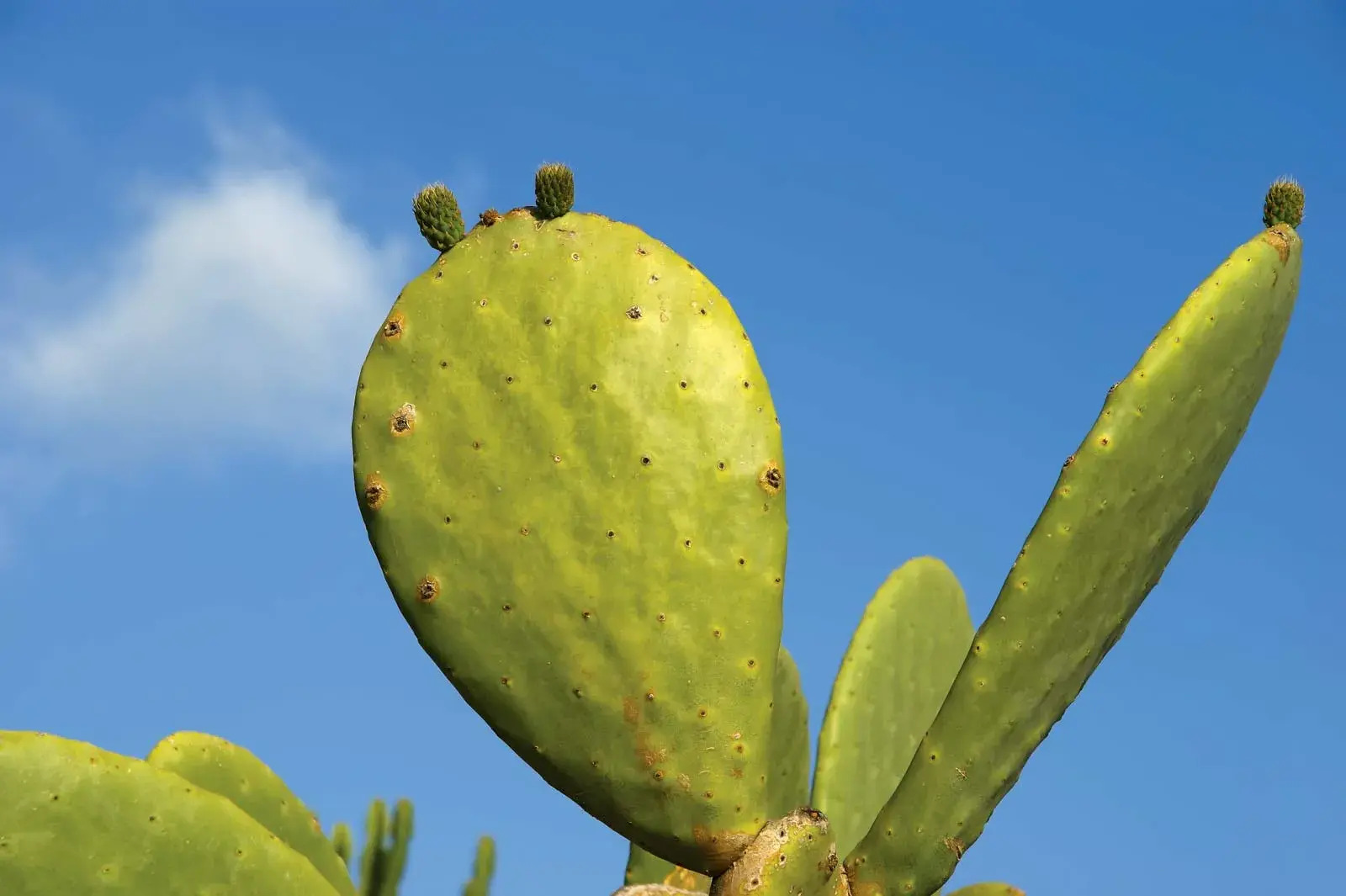
Opuntia, commonly known as prickly pear, is a fascinating cactus with a lot to offer. Did you know that this plant isn't just a desert dweller but also a culinary delight? From its vibrant flowers to its spiky pads, Opuntia has adapted to thrive in some of the harshest environments on Earth. But what makes it so special? For starters, its pads and fruits are edible and packed with nutrients. Plus, it plays a crucial role in its ecosystem, providing food and shelter for various animals. Intrigued? Let's dive into 25 amazing facts about this resilient cactus that might surprise you!
What is Opuntia?
Opuntia, commonly known as prickly pear, is a genus in the cactus family. These unique plants are known for their flat, paddle-like stems and vibrant flowers. Let's dive into some fascinating facts about this resilient and versatile plant.
-
Opuntia is native to the Americas. Originating from North and South America, these cacti have adapted to various climates, from deserts to tropical regions.
-
There are over 150 species of Opuntia. This diverse genus includes a wide range of species, each with unique characteristics and adaptations.
-
Opuntia can survive extreme conditions. These cacti are incredibly hardy, thriving in arid environments with minimal water.
-
The pads of Opuntia are called cladodes. These flat, fleshy structures store water and perform photosynthesis, helping the plant survive in harsh conditions.
-
Opuntia flowers are stunning. Blooming in vibrant colors like yellow, red, and pink, these flowers attract pollinators such as bees and hummingbirds.
Uses of Opuntia
Opuntia isn't just a pretty plant; it has numerous practical uses. From food to medicine, this cactus has been utilized by various cultures for centuries.
-
Opuntia pads are edible. Known as nopales, these pads are a staple in Mexican cuisine, often grilled or added to salads and stews.
-
The fruit of Opuntia is called a prickly pear. This sweet, juicy fruit can be eaten raw or used to make jams, jellies, and beverages.
-
Opuntia has medicinal properties. Traditional medicine uses this cactus to treat ailments like diabetes, high cholesterol, and digestive issues.
-
Opuntia is used in cosmetics. Extracts from this cactus are found in skincare products, known for their hydrating and anti-inflammatory properties.
-
Opuntia can be used as animal feed. In arid regions, the pads serve as a nutritious and water-rich food source for livestock.
Ecological Importance of Opuntia
Opuntia plays a crucial role in its ecosystem, providing food and habitat for various species.
-
Opuntia supports wildlife. Birds, insects, and mammals rely on this cactus for food and shelter.
-
Opuntia helps prevent soil erosion. The extensive root system stabilizes the soil, reducing erosion in arid landscapes.
-
Opuntia is a pioneer species. These cacti are often the first to colonize disturbed or degraded land, paving the way for other plants to grow.
-
Opuntia can improve soil quality. The decomposition of fallen pads enriches the soil with organic matter and nutrients.
-
Opuntia is a key species in desert ecosystems. It provides essential resources for many desert-dwelling organisms, maintaining the balance of these fragile environments.
Interesting Facts About Opuntia
Beyond its practical uses and ecological importance, Opuntia has some truly fascinating traits.
-
Opuntia can reproduce vegetatively. New plants can grow from detached pads, making it easy for this cactus to spread.
-
Opuntia has a unique defense mechanism. The pads are covered in spines and glochids, tiny barbed hairs that deter herbivores.
-
Opuntia can store large amounts of water. This adaptation allows the cactus to survive long periods of drought.
-
Opuntia has been used in traditional ceremonies. Indigenous cultures have incorporated this cactus into rituals and celebrations.
-
Opuntia can be used to make natural dyes. The cochineal insect, which feeds on Opuntia, produces a red dye used in textiles and cosmetics.
Opuntia in Modern Research
Scientists continue to study Opuntia for its potential benefits and applications in various fields.
-
Opuntia is being researched for biofuel production. The high sugar content of the pads makes them a potential source of renewable energy.
-
Opuntia is studied for its water purification properties. Compounds in the cactus can remove contaminants from water, offering a natural filtration method.
-
Opuntia is explored for its climate resilience. Researchers are investigating how this cactus can help mitigate the effects of climate change in arid regions.
-
Opuntia is used in sustainable agriculture. Its ability to thrive in poor soils and harsh conditions makes it a valuable crop for sustainable farming practices.
-
Opuntia is a subject of genetic research. Scientists are studying its genome to understand its adaptations and improve crop resilience.
The Final Prickly Points
Opuntia, or prickly pear, is more than just a cactus. It’s a versatile plant with a rich history, offering nutritional benefits and medicinal properties. From its edible pads and fruits to its role in ecosystems, Opuntia proves its worth in various ways. This cactus can thrive in harsh conditions, making it a resilient survivor. Its unique adaptations allow it to conserve water and withstand extreme temperatures. Whether you’re interested in gardening, cooking, or natural remedies, Opuntia has something to offer. Its vibrant flowers and distinctive shapes add beauty to landscapes, while its nutrient-rich components support health. So next time you see a prickly pear, remember it’s not just a spiky plant; it’s a remarkable species with a lot to give. Dive into the world of Opuntia and discover its many hidden gems.
Was this page helpful?
Our commitment to delivering trustworthy and engaging content is at the heart of what we do. Each fact on our site is contributed by real users like you, bringing a wealth of diverse insights and information. To ensure the highest standards of accuracy and reliability, our dedicated editors meticulously review each submission. This process guarantees that the facts we share are not only fascinating but also credible. Trust in our commitment to quality and authenticity as you explore and learn with us.
